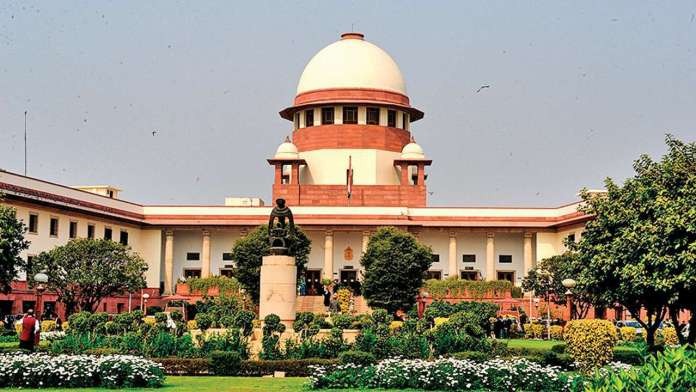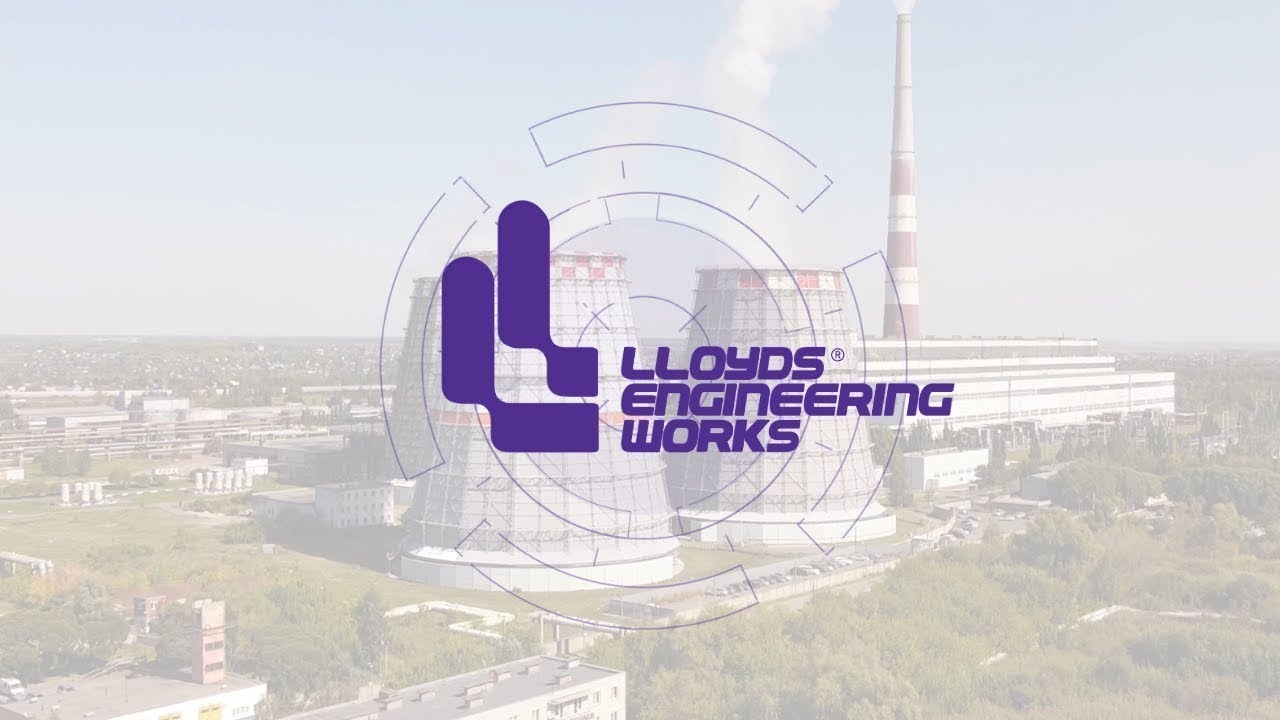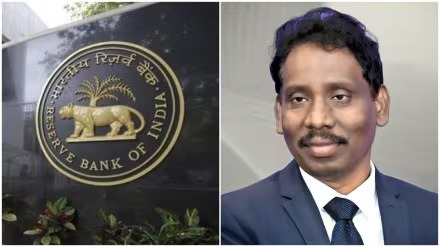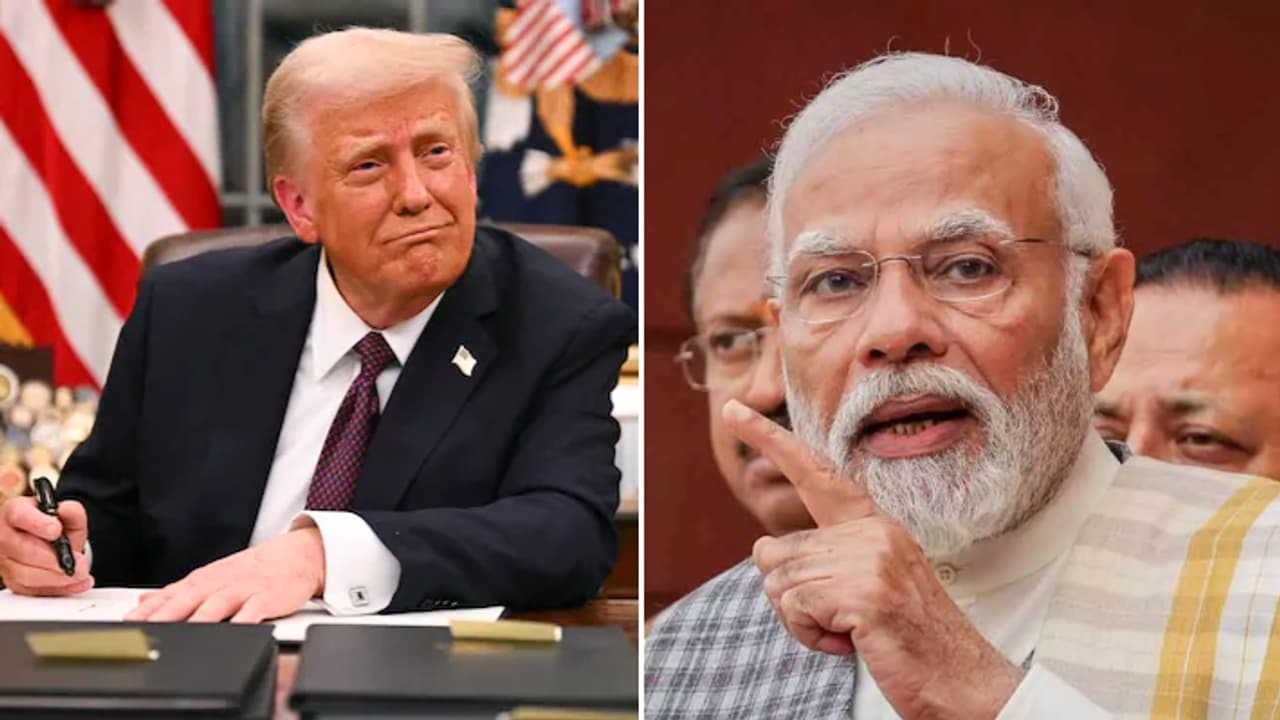The Supreme Court of India holds immense authority as the guardian of the Constitution, yet its powers are not unlimited. While it has the ability to interpret laws, issue binding rulings, and ensure justice, its jurisdiction is defined within constitutional boundaries.
One of the most significant provisions granting the Supreme Court extraordinary authority is Article 142, which allows it to pass any decree necessary to ensure complete justice. This provision has been used in landmark cases to override procedural limitations and address gaps in the law. However, the court cannot contravene fundamental rights or override explicit constitutional provisions.
The Supreme Court exercises various types of jurisdiction, including original, appellate, and advisory. It has the authority to review its own judgments under Article 137, ensuring that errors or new evidence can be considered. Despite these broad powers, judicial restraint is a key principle, preventing the court from acting beyond its constitutional mandate.
Critics have occasionally raised concerns about judicial overreach, particularly when the court intervenes in executive or legislative matters. However, the judiciary maintains that its role is to uphold constitutional values and protect fundamental rights.
Key areas of the Supreme Court’s authority:
-
- Interpretation and enforcement of constitutional provisions.
-
- Review of its own judgments under Article 137 to correct errors.
-
- Use of Article 142 to deliver complete justice beyond procedural limitations.
-
- Jurisdiction over disputes between states and the central government.
-
- Authority to hear appeals from lower courts and tribunals.
-
- Advisory role in legal matters referred by the President.
While the Supreme Court wields significant influence, its powers remain subject to constitutional checks and balances, ensuring that justice is delivered within the framework of the law.
Sources: iPleaders, LawArticle, News18.






